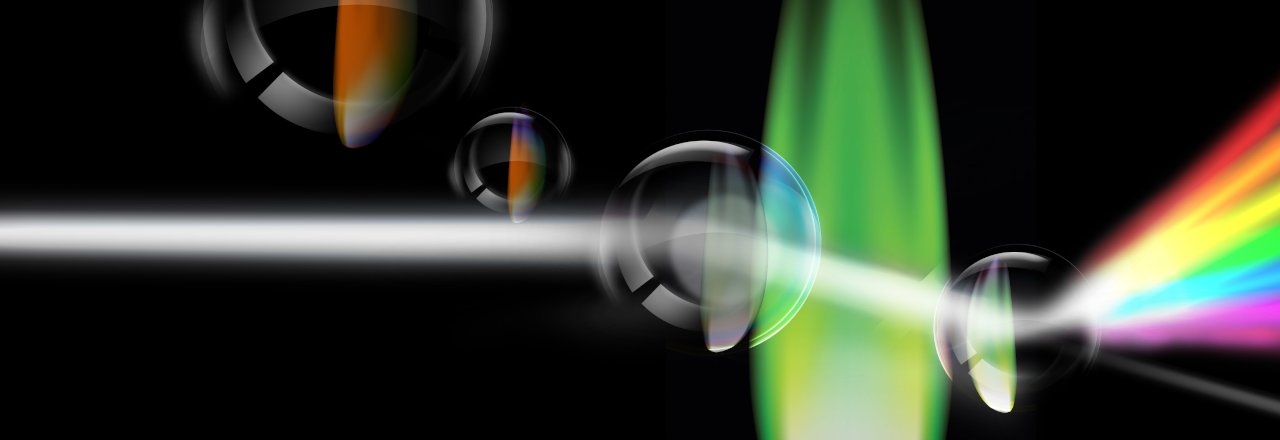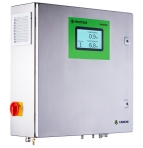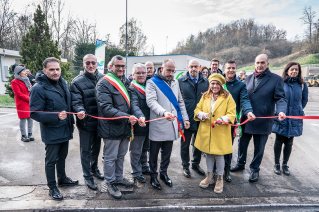- Home
- Technology
- Optical Absorption Spectroscopy Technology
The optical absorption spectroscopy used in our online biogas quality monitoring sensor BioSENSE operates with a UV light source (1) which emits light that penetrates a gas sample in a measuring cell (2). Here light is partially absorbed by the gas molecules. Since each molecule has its own typical absorption spectrum, it is possible to simultaneously determine the concentration of different components of the gas. The remaining light is captured by the receiver (3). The receiver splits the light into narrow wavelength bands using an optical grating (4). Finally the light is captured by a CCD (5) and transformed into an electrical signal for processing. By adapting spectrometric technology to the analysis of biogas, its typical contaminants like VOCs, H2S and NH3, can be continuously monitored.
KEY PARAMETERS
Specifically designed to measure contaminants in biogas:
- Sum of Terpenes
- Sum of Ketones
- H2S (breakthrough detection)
- NH3 (breakthrough detection)
Automatic Sampling System
- Up to 5 different sampling points
- Up to 6 measurements per hour
TECHNICAL ADVANTAGES
- Purpose-made for the application
- Delivers accurate, reliable and validated results
- Robust (light source and sensor not in contact with gas sample)
- Easy operation without expert knowledge
- Low maintenance
- No need for calibration gas
- No on-site calibration
- Only one inspection service per year
-
FUNCTIONAL DESCRIPTION
-

RELATED PRODUCTS
BIOGAS QUALITY MONITORING - BIOSENSE
BioSENSE is developed for biogas producers that want to increase their profitability and reduce their risks.
NEWS


